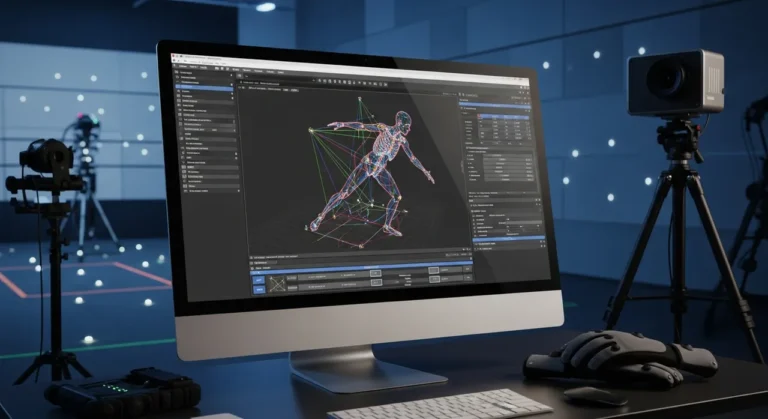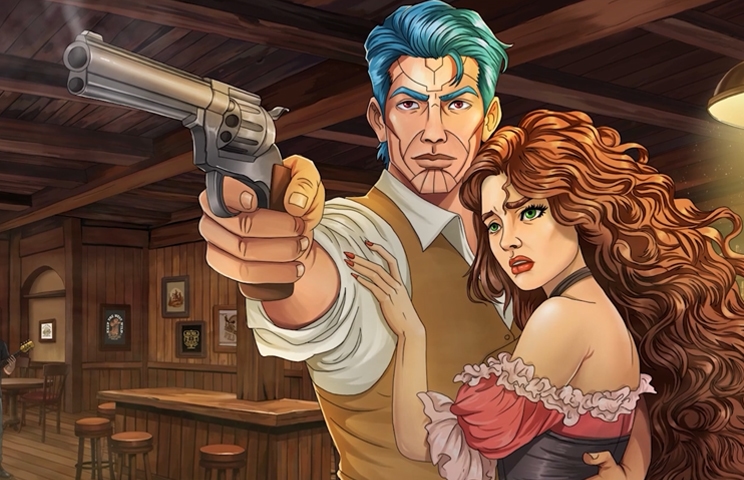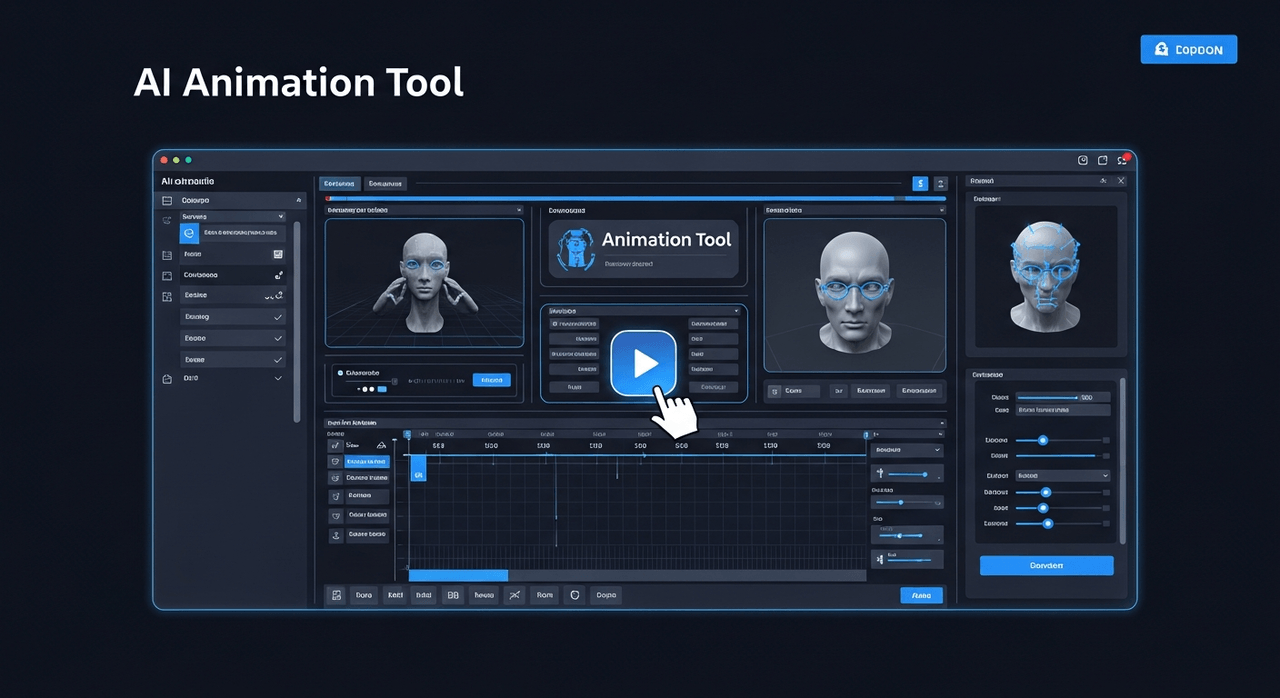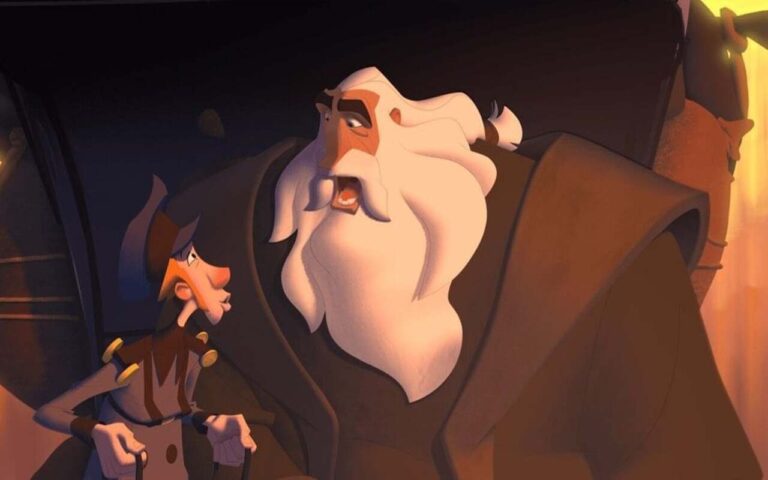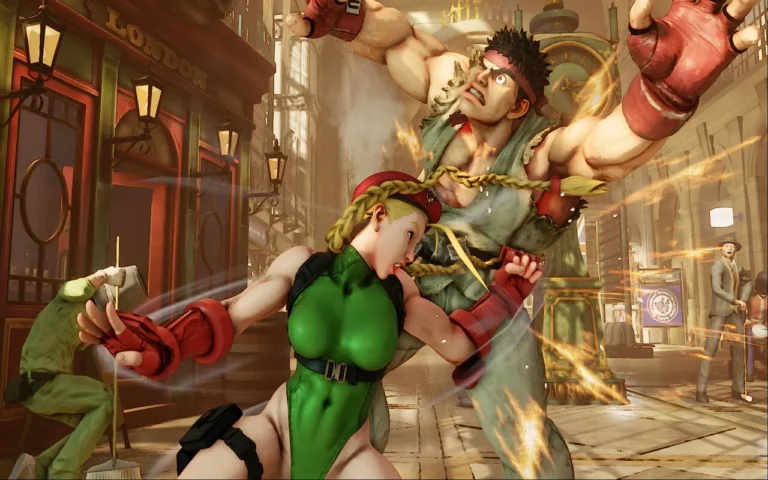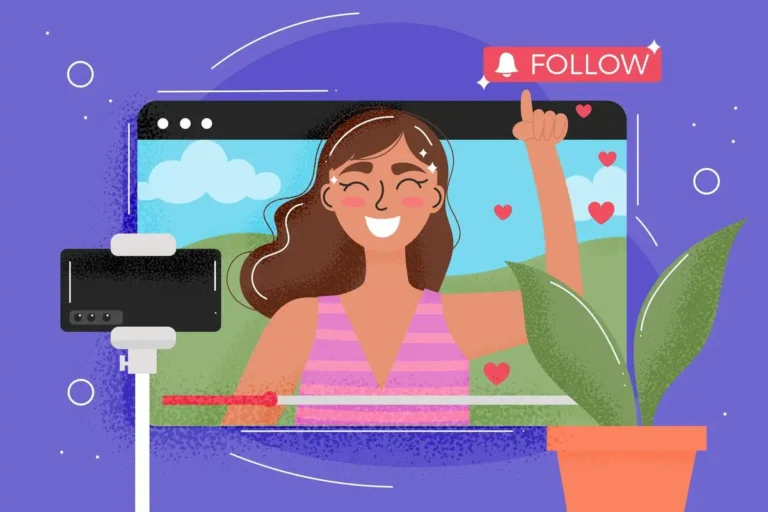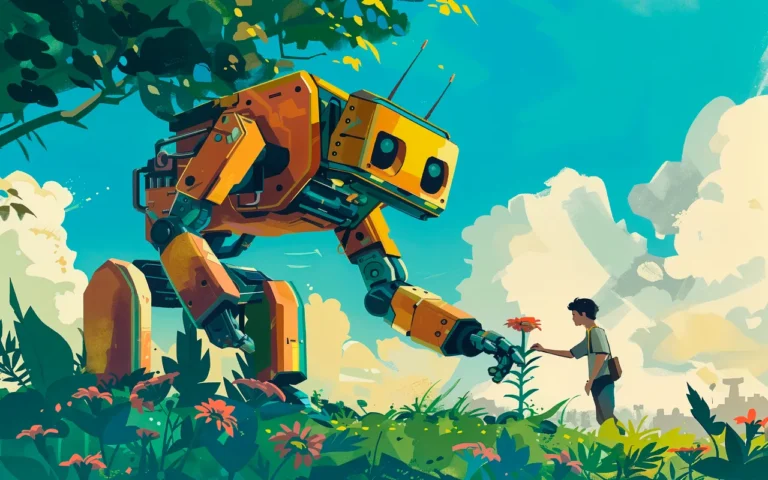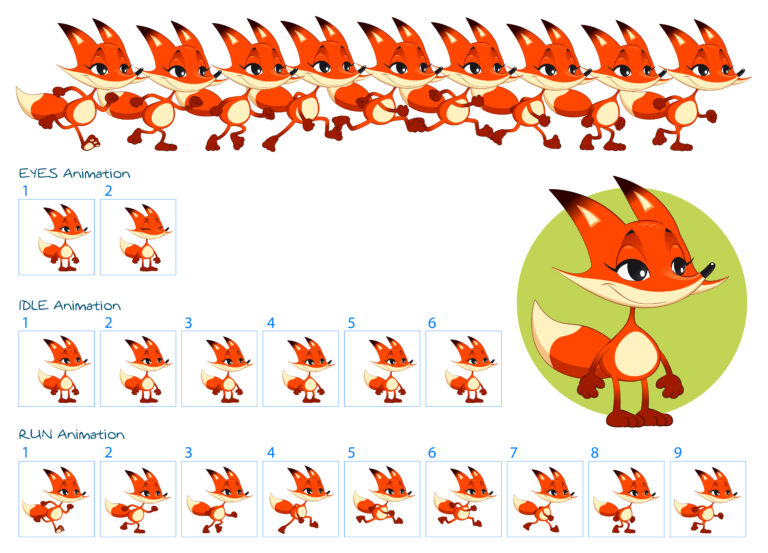Animation is an old field of visual arts, and it has evolved significantly and rapidly over the past few years. So, let’s unpack a question as timeless as it is urgent: What do traditional and digital animation have in common?
At first glance, they seem to have a grandparent-grandchild relationship, one born in the classic flicker of hand-drawn sketches, the other evolving in the modern glow of pixels and software. But digging deeper, you’ll find a shared DNA, heartbeat, and soul that binds these two worlds together!
I think it’s safe to assume that any art enthusiast has spent countless hours exploring different types of animation, both the pencil sketches of Disney’s golden age and the stunning renders of Pixar’s latest hits.
Without further ado, we will dive deep into the root of what connects these versions of animation—craft, creativity, and a relentless pursuit of bringing stories to life! Let’s explore this beautiful overlap, frame by frame.

Need Animation Services?
Visit our Animation Service page to see how we can help bring your ideas to life!
The Roots of Animation: A Shared Legacy!
To answer our primary question, “What do traditional and digital animation have in common?” we need to start at the beginning:
Animation, at its core, is the art of tricking the eye into seeing motion where there’s none. Whether a flipbook from 1900 or a 3D blockbuster in 2025, they all create a magical illusion.
Traditional animation—for example, hand-drawn cells or stop-motion puppets—built the foundation with conventional techniques, and digital animation, with computers and software, is developed on that foundation. But the roots? They’re the same!
The Principle of Persistence of Vision!
Both traditional and digital animation owe their existence to a delicate little thing called persistence of vision.
To put it simply, the persistence of vision is the brain’s tendency to connect still images together to create fluid motion if they’re shown fast enough—about 24 frames per second, give or take.
Walt Disney’s animators constantly drew each frame of Snow White to exploit this ability of the human brain. Decades later, the team behind Toy Story used software to render frames with the same goal.
The tools have, of course, changed, but the science has stayed Identical. So, What do traditional and digital animation have in common? They both move along the human perception of vision.
The 12 Principles: A Universal Language
Disney animators Frank Thomas and Ollie Johnston wrote the 12 Principles of Animation in their 1981 book The Illusion of Life: Disney Animation. They defined rules like squash and stretch, anticipation, and timing, which weren’t just for sketching artists; they were the founding bricks of all animation.
For example, watch a traditional Bugs Bunny cartoon, and you can detect the exaggeration of arcs in his leaps. Jump to Spider-Man: Into the Spider-Verse, and watch for those same arcs that guide Miles Morales’ swings, this time rendered digitally.
In this concept, traditional and digital animation share a playbook that ensures movement feels alive, no matter the medium or time.
The Union of Crafts: Where Hands and Pixels Meet!
Animation isn’t just science or plain technique. It’s the sweat, soul, and dash of madness that give life to something extraordinary.
Whether sketching on paper or fixing keyframes in Maya or Blender, the craft demands precision and passion.
But let’s look at the layers of this overlap between traditional and modern designs:
To hit the point directly, the animation is hard!
Traditional animators drew each frame by hand, flipping and comparing between pages to create the perfect flow. Digital animators, however, create keyframed poses in software, letting the computer “in-between” the gaps.
Hence, different processes, same obsession: having control over every flicker of motion!
Both traditional and digital animation have consistently strived to provide a frame-by-frame devotion to make character designs breathe, laugh, and cry seamlessly.
Read More: Keyframe Animation Tips
The Animator’s Eye: Observation Is Key!
Great animators, from the past until the present, are students of life and movement.
For example, traditional artists like Milt Kahl studied how a deer moves to animate Bambi! Or digital wizards at DreamWorks carefully watched real penguins to nail Madagascar’s waddling crew!
Both sets of artists need that keen eye to spot each delicate movement, whether the tilt of a head or the bounce of a step, to translate reality into art.
Traditional and digital animation both strictly rely on observation to capture the imagination into something human.
Iteration: The Art of Refinement!
It is no secret that practice makes perfect! Animation services have always thrived on iteration.
A traditional animator might redraw a scene dozens of times to get the emotion right. A digital artist shifts lighting or rigging until the render flows seamlessly.
If you have seen old sketches of The Lion King and 3D Pixar renders, you must know that traditional and digital animation both refuse to settle until the vision shines perfectly!
Storytelling: The Heartbeat of Both Worlds!
If animation is a body, animation storytelling is its pulse.
Whether it’s ink on a piece of paper or polygons on a screen, the goal is the same: to move us, to connect us, to make us feel. This is where and how both traditional and digital animation get personal.
1. Characters: Lives Beyond the Frame!
Remember Mickey Mouse, our favorite hand-drawn character born in 1928, or Woody from Toy Story, born on a computer in 1995. Both are more than images: they are personalities we love, hate, or root for!
Traditional animation gave us expressive faces through exaggerated lines; digital animation added depth with subtle textures and lighting. But the soul remains in the characters and the stories, not the medium!
Both traditional and digital animation have given us stories and memories that have lingered in our hearts!
2. Emotional Resonance: Tears and Laughter!
I bet we all have cried at Dumbo’s mother cradling him through bars- pure traditional magic! Or, probably sobbed at Up’s opening montage, which was a complete digital gut punch.
Both of these hit hard because they wield timing, music, and visuals to tug at our strings, regardless of their traditional or digital format. They’re emotional masterpieces that turn drawings or codes into moments that give us meaning.
3. Narrative Arcs: The Hero’s Journey Endures!
From Pinocchio to Moana, animation has always leaned on classic storytelling: quests, growth, and triumph.
Traditional films built these arcs frame by frame; digital ones layer them with software tools. Yet the structure of both traditional and digital animation holds a love for narratives that take us somewhere new and then bring us home!
The Collective Human Touch: Artists Behind the Magic!
Animation isn’t just tools; it’s also about the people! Perhaps one of the most significant overlaps between traditional and digital animation lies in the hands and hearts of those driving it!
Passion Over Process!
Talk to a veteran Disney animator or a fresh-faced Blender artist so you watch both their faces light up describing a perfect scene!
Traditional artists cherish the joyful feel of a pencil on paper, whereas digital pros shine in the power of a render farm!
Both traditional and digital animation light such fireworks in the belly that fuel late nights and endless revisions.
Collaboration: A Team Effort!
No animator works alone. Traditional studios had inkers, painters, and camera crews. Digital and 3D animation pipelines have modelers, riggers, and VFX artists.
Both traditional and digital animation share a symphony of harmonizing talent to make the impossible real!
Mentorship: Passing the Torch!
Here’s a prominent yet worthy point: Many digital pioneers have been trained under traditional masters!
Why, you ask? Well, the medium may have changed, but the lessons of weight, timing, and appeal didn’t vanish; they evolved.
Both traditional and digital animation share a heritage of knowledge handed down like a sacred flame between different generations of artists.
Challenges and Triumphs: The Shared Struggles!
Both traditional and digital forms of animation struggle with some shared challenges—time, budget, and the countless attempts for perfection:
Time: Every Artist’s Eternal Opponent!
A single second of traditional animation might take hours to draw, and a digital animation’s shot could demand days of rendering!
Both traditional and digital animation artists battle against the clock, where completing every frame is a small victory.
Budget: Art vs. Resources?!
Old studios stretched pennies to animate their drawings. Today, indie digital artists attempt their ideas with free software.
Both traditional and digital animation share a need for resources and a knack for doing more with less.
Perfectionism: The Double-Edged Sword!
Animators are their own worst critics!
A conventional artist might erase a line a hundred times to get it the intended way; a digital animator might re-render a scene until the shadows align the way they want.
Both traditional and digital animation create a relentless drive for artists to get everything exactly the perfect way!
How Is The Future? A Bridge Between Past and Present!
As we move forward, we can’t help but look ahead. What do traditional and digital animation have in common in the future?
Today’s multifaceted animators blend both worlds, using digital tools to create hand-drawn looks or traditional techniques to ground 3D work.
So, in my opinion, the future holds a fusion of the two, where the line fades, but the essence of motion, story, and humanity stays as countable as always.
Tools May Change, but Souls Don’t!
Software like Toon Boom lets digital artists draw in traditional formats like their ancestors. Meanwhile, traditional sketches can bring 3D models some edge.
The Full Circle of Inspiration!
Old techniques can fuel new creations: Aspiring animators study Bambi to learn about weight and then apply their fundamental knowledge in VR games!
Both traditional and digital animation are symbols of cyclic inspiration that keep art alive.
Final Words
To put it simply, we just reviewed two unified worlds.
What do traditional and digital animation have in common? Here’s the gist: they’re like two sides of the same coin, like the planet Earth in the past and the present or your childhood and adulthood!
Both versions of animation thrive on creativity and are polished by human hands, let it be drawing or rendering.
From the smell of ink dripping on a piece of paper to the glow of a 4K screen, traditional and digital animation share a mission: to make our minds escape a few frames of reality!
Traditional and digital animation aren’t rivals. They’re partners, moving through time, complementing each other, and telling stories that remind us what it means to be alive.
